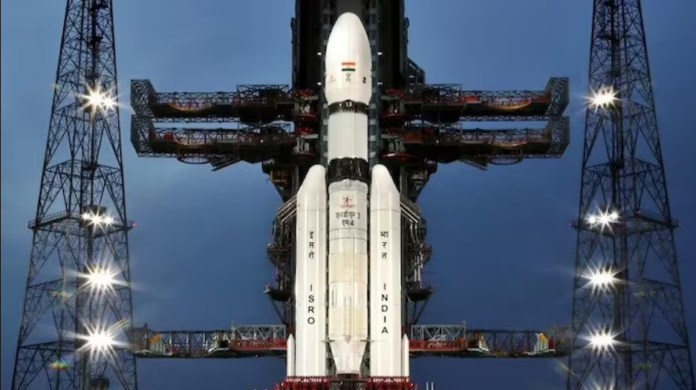Following the triumphant Chandrayaan-3 mission, the Indian Space Research Organisation (ISRO) has an array of exploration missions in its pipeline, with destinations ranging from Mars to Venus on the horizon.
ISRO Chief S. Somanath revealed that the space agency has devised a comprehensive roadmap for multiple missions, including the inaugural human spaceflight as part of the Gaganyaan program. Additionally, ISRO will embark on missions to investigate Earth’s climate and weather conditions, as reported by PTI.
Furthermore, ISRO is actively engaged in ongoing scientific missions, encompassing communication and remote sensing satellites, as noted by S. Somanath, who serves as both the ISRO Chief and the Secretary of the Department of Space. In relation to the Gaganyaan program, he announced that the inaugural TV-D1 test flight is set to take place on October 21.
Regarding upcoming missions, Somanath stated, “Our future plans encompass missions to Mars, Venus, and a return to the Moon. Additionally, we are actively pursuing climate and weather analysis programs.”
Emphasizing the agency’s dedication to deploying communication and remote sensing satellites, he added, “We’re also focused on scientific missions that encompass aeronomy, thermal imaging, and the study of climate change impacts.”
“Vikram Peacefully Resting on the Moon”
In response to an inquiry regarding the Chandrayaan-3 mission’s Vikram lander, Somanath affirmed that Vikram executed its tasks flawlessly during its designated lunar day.
“It’s in a peaceful slumber on the Moon, having executed its duties commendably. If it chooses to awaken, that’s a possibility, and we’ll patiently wait,” he remarked. ISRO had attempted to re-establish contact with the Pragyan rover and the Vikram lander, which had entered sleep mode in September due to the lunar night.
“No signals have been received from them, but our efforts to reconnect will persist,” ISRO confirmed.
Following the momentous landing on August 23, the Vikram lander and Pragyan rover carried out various tasks on the lunar surface, including sulfur detection and temperature recording.
Regarding the Aditya L1 mission, which is the inaugural mission focused on studying the Sun, Somanath stated that the spacecraft is in excellent condition and is presently on a 110-day voyage towards Lagrange point L1. It is expected to arrive at its designated destination around mid-January.
“It’s a lengthy journey, spanning nearly 110 days, and it has made considerable progress. We made minor trajectory adjustments, as early corrections are crucial for reaching the L1 point. Following tracking, we’ve confirmed that it’s on the correct path toward Lagrange point L1,” he commented.
Highlighting the intricacies of the rocket’s journey, Somanath remarked, “This is a rather intricate voyage, with approximately another 70-75 days left to complete. It’s expected to arrive around mid-January. Following that, we will implement adjustments to guide it into the Halo orbit at the L1 point.”
“Subsequently, the instruments will be activated, initiating the process of scientific data collection. As of now, all systems on Aditya L1 are operating in optimal condition,” he noted.
Aditya-L1, launched on September 2, marks India’s first space-based observatory designed to study the Sun from a halo orbit positioned approximately 1.5 million kilometers from Earth at the Sun-Earth Lagrangian point (L1).
Previously, Somanath paid a visit to the home of the late distinguished agricultural scientist, M. S. Swaminathan, who sadly passed away on September 28. During his visit, he met with the family members of the illustrious plant geneticist, renowned as the driving force behind India’s ‘Green Revolution,’ here in the city.
“I am here today to extend my heartfelt tributes and admiration for the contributions of M. S. Swaminathan. Regardless of the field we work in, be it space, agriculture, sustainability, or various other domains, we all discover a common ground to collaborate,” he expressed.
“Thank you for this opportunity. The legacy of M. S. Swaminathan will persist in inspiring countless young individuals in our country to pursue careers in science and technology,” Somanath concluded.

